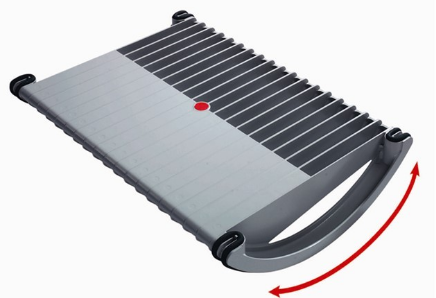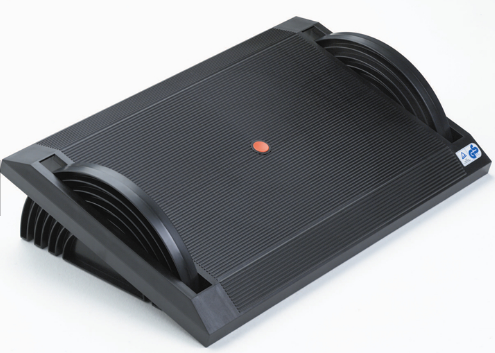New record of colloidal quantum dot solar cell conversion efficiency
According to reports, researchers from the University of Toronto in Canada and King Abdullah University of Science and Technology in Saudi Arabia said that with the breakthrough in the field of colloidal quantum dots (CQD) thin films, they used low-cost materials to make the most efficient colloidal quantum dots to date The conversion efficiency of solar cells can reach 7%. This is 37% higher than the conversion efficiency of similar batteries before, setting a new world record. The related research report was published in the recently published "Nature · Nanotechnology" magazine.
Quantum dots are nanoscale semiconductors that can harvest electrical energy based on the full spectrum including visible and invisible light. Unlike the current slow and expensive semiconductor production technology, colloidal quantum dot films are manufactured very quickly and at low cost. This paved the way for the manufacture of solar cells based on flexible, flexible bases, which are similar to the mass printing of newspapers.
Previously, the performance of colloidal quantum dot solar cells has been restricted by the large inner surface area of ​​nanoparticles in the film, and this time scientists have completely covered all exposed surfaces by combining organic chemistry and inorganic chemistry, thus achieving new Breakthrough.
To improve efficiency, researchers need a way to reduce the number of electron traps, while ensuring that the film is very dense to absorb light as much as possible, a so-called "hybrid passivation" solution. The leader of the study, Ted Sargent, a professor of electrical engineering at the University of Toronto, said that by introducing small chlorine atoms immediately after the synthesis of quantum dots, they can repair corners and cracks that were previously inaccessible and prevent them from forming. Electronic trap. Scientists will then use short organic chains to constrain the quantum dots in the film, making it more compact. The research of King Abdullah University of Science and Technology also proved that the "hybrid passivation" method can create the densest thin film filled with compact nanoparticles inside, which helps to make more economical, more efficient and durable solar cells .
A footstool (foot stool, footrest, foot rest) is a piece of furniture or a support used to elevate the foot. There are two main types of footstool, which can be loosely categorized into those designed for comfort and those designed for function.
Designed for comfort: This type of footstool is used to provide comfort to a person seated, for example, in a chair or sofa. It is typically a short, wide, four-legged stool. The top is upholstered and padded in a fabric or animal hide, such as leather. This type of footstool is also a type of ottoman. It allows the seated person to rest their feet upon it, supporting the legs at a mostly horizontal level, thus giving rise to the alternate term footrest. High quality footstools are height–adjustable.
Designed for Function: This type of footstool supports a person's feet that do not reach the floor when seated. The footstool is placed under the feet of a sitting person so that the person's feet may rest comfortably on it. It is also used to make the blood circulation of the body flow more freely when sitting down.


Adjustable Foot Support, Ergonomic Foot Rests, Office Adjustable Foot Rests
Ningbo YINGBOTE Trading Co.,Ltd , http://www.intelligentoffice-cn.com